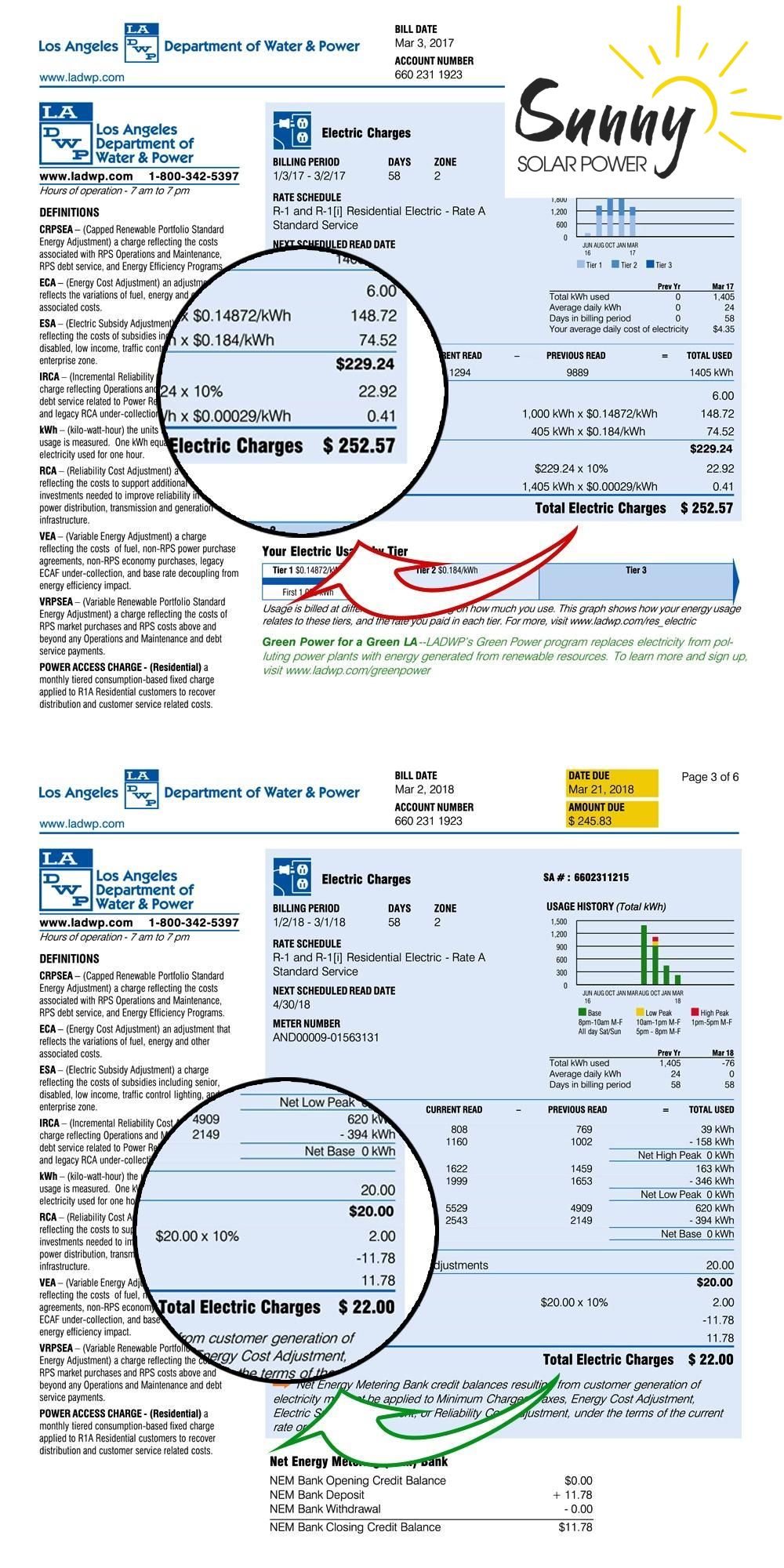Sunnysolar is at the forefront, providing accessible and efficient solar solutions for solar power. In this post, we’ll walk you through everything you need to know about Corona Solar panels to get you started on the green path.
Why Choose Corona Solar Panels?
Reduced Power Bills
Choosing solar power means spending less on electricity. The panels use sunlight to make electricity, cutting down your reliance on the usual power grid. With the cost of energy constantly rising, you’ll save a lot a lot of money.
Some areas even provide net metering programs. If your residential solar panels produce more energy than you use, the extra power goes back to the grid. This way, you’ll get credits on your power bill.
Here is a successful customer who saved on monthly electricity expenses:

Increased Property Value
Adding solar panels to your home in Corona not only saves money but also makes your property more valuable. Studies show that homes with solar panels can be worth 5-10% more.
Potential buyers are also interested in homes with solar panels because the idea of generating their own electricity is exciting. Plus, the eco-friendly nature of solar power makes it attractive to eco-conscious homes.
Hedge Against Rising Energy Costs
Solar power is a practical solution for the rising energy costs. While the rates of electricity keep rising, solar panels provide a stable, fixed-cost option, protecting you from the impact of higher energy costs.
Environmental Benefits:
Solar panel installation in Corona isn’t just about saving money, it’s also good for the environment. Check out some of the benefits:
Reduced Carbon Footprint
Switching to solar power reduces the need for fossil fuels, saving trees, and lowering carbon dioxide (CO2) emissions. For example, a regular household solar panel system can make a noticeable difference in the number of trees saved and the amount of CO2 not released.
Improved Air Quality
The shift to solar energy means less demand for coal-generated electricity, which reduces the release of harmful pollutants into the atmosphere. This helps everyone’s health, especially those more likely to get sick from dirty air. Using solar power means fewer respiratory issues, heart problems, and other health troubles from breathing in polluted air.
Conservation of Natural Resources
Solar panels are simple and can be set up in many places without disturbing nature. We avoid destroying ecosystems and habitats, and there’s no need to build large dams or reservoirs.
Choosing the Right Corona Solar Panels
Selecting the right residential solar panels is a big decision because it directly affects how well your solar energy system works. If you rush or pick randomly, you might end up with panels that don’t perform as well as you’d like.
Consider these factors:
Energy Consumption
Your household’s electricity consumption directly affects the size of the solar panel system you need. Start by finding out your average energy usage. Online calculators can help estimate this by considering things like the number of people in your home, appliances, and daily usage patterns. These tools give you a general idea of your consumption.
For a more accurate assessment, talk to a solar provider like SunnySolar. We’ll take a look at your specific energy needs, checking factors like peak usage times and local weather conditions. Our approach will ensure your panels fit your household’s energy requirements perfectly.

Roof Features
The size of your roof matters because it determines how many solar panels can be installed. A bigger roof can potentially generate more electricity. You should also check the direction your roof faces – south, east, or west. South-facing roofs get the most sunlight and work best for solar panels.
Different roof types matter too. Asphalt shingle roofs are common and easy to work with for solar installations, while tile roofs, though durable and good-looking, may need more careful installation.
Panel Efficiency and Technology
Panel efficiency is all about how well the solar panel turns sunlight into power. More efficiency means more electricity from the same sunlight.
There are three main types of solar panels:
- Monocrystalline Panels: High efficiency, meaning they can generate more power in limited space.
- Polycrystalline Panels: More cost-effective compared to monocrystalline panels.
- Thin-Film Panels: Lightweight and flexible panels, making them suitable for special installations.
If you’re on a budget, polycrystalline panels are an option. Thin-film panels, while flexible, might be less efficient but can work for specific needs.
Cost and Financing
The initial cost includes buying and installing the solar panels. But in places like Corona, some rebates and incentives can lower these upfront expenses. These incentives, like tax credits or cash rebates, aim to make solar power more doable for homeowners and encourage the use of clean energy.
Here are a few financial options:
- Loans: You can take out a loan to cover the upfront costs. While you’ll have to pay back the loan, it allows you to own the solar panels outright.
- Leases: Leasing involves paying a fixed monthly amount to use the solar panels. While you won’t own them, this option may have lower upfront costs.
- Power Purchase Agreements (PPAs): PPAs involve buying the electricity your solar panels generate at a fixed rate. This can be a good option if you prefer not to own the panels.
Each financing option has its pros and cons, so choose the one that aligns with your financial goals and preferences.
The Solar Panel Installation Process
The table below shows the solar installation process, from consultation to maintenance:
| Stage | Description | Key Activities | Timeline |
| Consultation | Initial meeting with the solar provider or installer | Discuss energy needs, assess site feasibility, and answer questions | 1-2 weeks (depending on scheduling) |
| Design and Proposal | Development of a customized solar system design | Provide a detailed proposal with system specifications and costs | 2-4 weeks |
| Permitting | Obtain necessary permits from local authorities | Submit required documentation and plans for approval | 4-8 weeks |
| Installation | Physical installation of solar panels and components | Mounting panels, wiring, and connecting the system components | 2-4 days (weather-dependent) |
| Inspection | Local authorities inspect the installed system | Ensure compliance with building and safety codes | 1-2 weeks |
| Connection to Grid | The system is connected to the local power grid | Coordinate with the utility company for grid interconnection | 2-4 weeks |
| Testing and Commissioning | Verify and optimize system performance | Conduct thorough testing to ensure all components are functioning properly | 1-2 weeks |
| Training | Provide homeowner with information on system operation | Educate on monitoring, maintenance, and emergency procedures | 1-2 days |
| Documentation | Hand over all relevant documentation to the homeowner | Manuals, warranties, and information on system components | Upon completion of training |
| Monitoring and Maintenance | Ongoing system performance monitoring | Regularly check system performance, address any issues, and schedule maintenance | Throughout the system’s lifespan |

Go Green & Go Free
If you’re thinking about solar power’s environmental benefits in Corona, get in touch with SunnySolar for a free consultation. Switching to solar energy is a step toward a healthier and more sustainable future. Contact SunnySolar today to start making a real difference.

